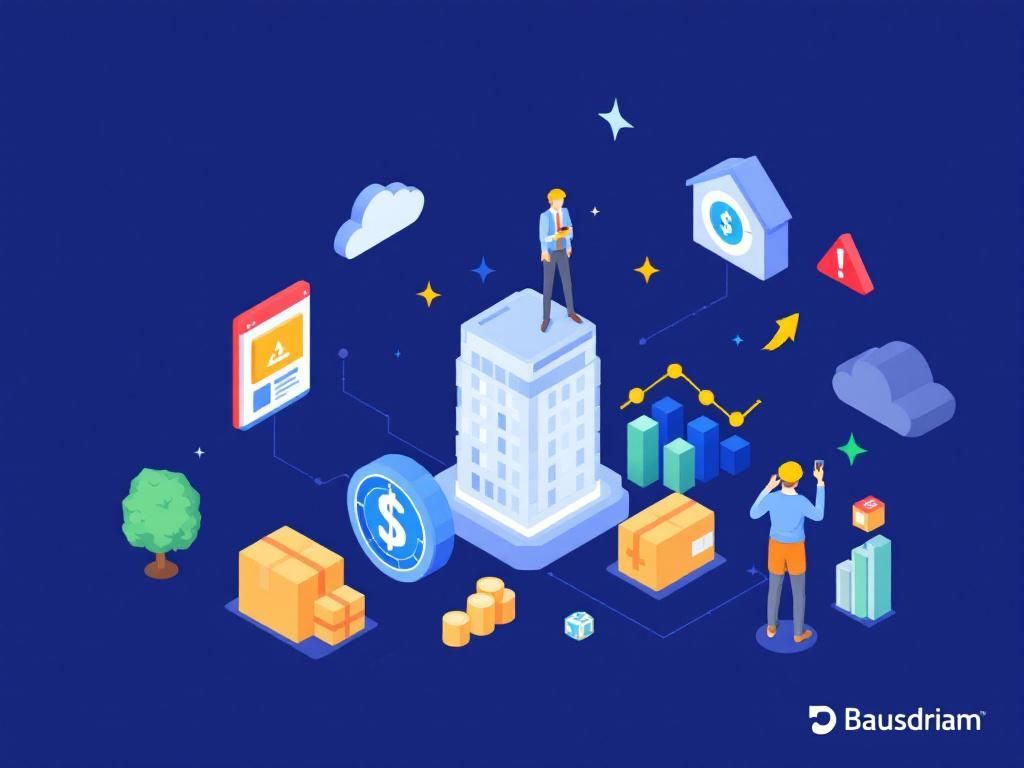Building eCommerce Resilience: Key Business Continuity Strategies
Discover essential business continuity services that enhance eCommerce resilience and ensure uninterrupted operations during disruptions.

In today’s fast-paced digital landscape, eCommerce businesses face an array of challenges that can disrupt their operations. From unexpected natural disasters to cyber threats, the need for resilience has never been more critical. For companies reliant on online transactions, ensuring continuity is paramount to maintaining customer trust and maximizing profitability. This article delves into business continuity services and how they can enhance eCommerce resilience.
Table of Contents
Understanding Business Continuity Services
Business continuity services encompass a set of strategies and solutions designed to ensure that an organization can continue operating in the face of unforeseen disruptions. These services help businesses prepare for, respond to, and recover from various threats, including:
- Natural disasters (e.g., floods, hurricanes, earthquakes)
- Cybersecurity incidents (e.g., data breaches, ransomware attacks)
- Supply chain disruptions
- Technological failures
- Public health crises (e.g., pandemics)
The Importance of Business Continuity in eCommerce
With the exponential growth of online shopping, eCommerce companies must prioritize business continuity for several reasons:
- Customer Trust: A reliable shopping experience fosters customer loyalty. When disruptions occur, transparency and swift recovery are crucial.
- Revenue Protection: Minimizing downtime translates to reduced revenue loss. Every minute spent offline can lead to potential sales slipping away.
- Competitive Advantage: Organizations that effectively manage disruptions can outperform competitors who struggle with operational setbacks.
Key Components of Business Continuity Services
To enhance eCommerce resilience, businesses can incorporate several components into their continuity planning:
1. Risk Assessment and Business Impact Analysis
Identifying potential risks and assessing their impact on operations is the first step. A thorough analysis can help businesses understand:
- Which processes are critical to daily operations?
- What potential threats could interrupt these processes?
- What financial implications would arise from various disruptions?
2. Disaster Recovery Planning
Disaster recovery (DR) is a subset of business continuity focused specifically on restoring IT infrastructure and operations after a disruption. Key elements of a DR plan include:
| Element | Description |
|---|---|
| Data Backup | Regularly back up data to ensure it can be recovered quickly. |
| Redundancy | Implement redundant systems and networks to provide a failover option. |
| Testing | Regularly test the DR plan to ensure effectiveness and identify areas for improvement. |
3. Communication Strategies
During a crisis, clear communication is vital. Establishing communication protocols for both internal teams and customers can mitigate confusion and maintain trust. Key points to consider include:
- Defining roles and responsibilities for communication
- Utilizing multiple channels (e.g., social media, email, website)
- Providing regular updates on the status of operations
4. Employee Training and Awareness
Employees play a crucial role in executing business continuity plans. Regular training sessions help staff understand their roles during a crisis and ensure they are equipped to respond effectively. Consider the following:
- Conducting simulation exercises to practice responses
- Providing resources on handling specific threats (e.g., phishing scams)
- Encouraging a culture of preparedness within the organization
Implementing Business Continuity Services in eCommerce
Effectively implementing business continuity services involves several key steps:
1. Develop a Continuity Plan
Create a comprehensive business continuity plan (BCP) that encompasses all aspects of your eCommerce operations. Ensure it is:
- Documented and easily accessible
- Reviewed and updated regularly
- Aligned with organizational goals and risk tolerance
2. Leverage Technology
Utilizing technology solutions can enhance your business continuity efforts. Consider investing in:
- Cloud-based storage for data backups
- Automated monitoring tools for early threat detection
- Business continuity software to streamline planning and execution
3. Engage with External Partners
Collaborating with external service providers can bolster your business continuity strategy. Look for partners that offer:
- 24/7 support and monitoring services
- Expertise in risk management and disaster recovery
- Access to additional resources during a crisis
Monitoring and Continuous Improvement
Once your business continuity plan is in place, regular monitoring and refinement are essential. Key practices include:
1. Performance Metrics
Identify key performance indicators (KPIs) to measure the effectiveness of your business continuity plan. Consider metrics such as:
- Recovery time objective (RTO)
- Recovery point objective (RPO)
- Employee response time during drills
2. Post-Incident Reviews
After a disruption or drill, conduct a post-incident review to assess the response and identify areas for improvement. Key questions to address include:
- What went well during the response?
- What challenges were encountered?
- How can the plan be adjusted for future events?
Conclusion
In the ever-evolving eCommerce landscape, business continuity services are essential for companies looking to sustain operations during disruptions. By implementing a robust continuity plan, leveraging technology, and fostering a culture of preparedness, businesses can not only survive but thrive in the face of adversity. As eCommerce continues to grow, investing in resilience will ensure that organizations are well-equipped to face whatever challenges may arise, securing their future in an unpredictable world.
FAQ
What are business continuity services in eCommerce?
Business continuity services in eCommerce refer to strategies and solutions that ensure a business can continue to operate during and after a disruption, minimizing downtime and loss.
Why is resilience important for eCommerce businesses?
Resilience is crucial for eCommerce businesses as it helps them adapt to unexpected challenges, such as server outages or supply chain disruptions, ensuring they can maintain customer trust and revenue.
How can eCommerce businesses prepare for disruptions?
ECommerce businesses can prepare for disruptions by implementing comprehensive business continuity plans, conducting risk assessments, and investing in backup systems and disaster recovery solutions.
What role does technology play in eCommerce resilience?
Technology plays a vital role in eCommerce resilience by providing tools for data backup, real-time monitoring, and crisis management, which help businesses quickly respond to and recover from disruptions.
What are some common threats to eCommerce continuity?
Common threats to eCommerce continuity include cyberattacks, natural disasters, supply chain interruptions, and system failures, all of which can significantly impact operations if not properly managed.
How can I assess my eCommerce business’s resilience?
You can assess your eCommerce business’s resilience by evaluating your current business continuity plan, identifying potential risks, and testing response strategies through simulations and drills.






